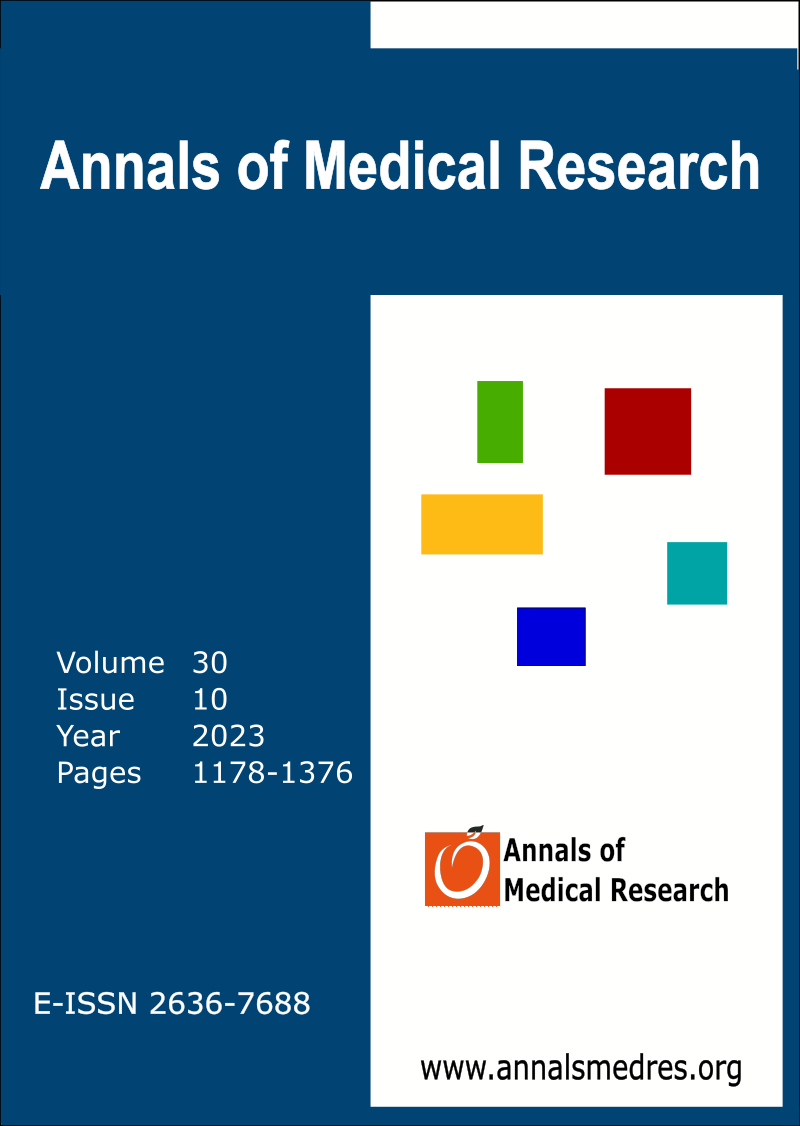CHA₂DS₂-VASc score as a predictor of new onset atrial fibrillation in patients with non-ST segment elevation myocardial infarction who underwent percutaneous coronary intervention
Keywords:
NSTEMI, Atrial fibrillation, CHA2DS2-VAScAbstract
Aim: New occurrence of atrial fibrillation (NOAF) frequently accompanies acute coronary syndromes (ACS), leading to unfavorable short- and long-term outcomes. Nonetheless, the existing risk stratification model for forecasting NOAF in cases of non-ST-segment elevation myocardial infarction (NSTEMI) necessitates further elucidation. Certain variables within the CHA2DS2-VASc score exhibit close associations with atrial fibrillation (AF) onset.
Materials and Methods: This retrospective inquiry encompassed 670 successive NSTEMI individuals seeking treatment at our cardiovascular center from June 2020 to June 2022, all of whom received percutaneous coronary intervention (PCI).
Results: Incidences of NOAF emerged during inpatient care for 55 individuals (12.5%). NOAF cases were characterized by advanced age, elevated high-sensitivity C-reactive protein (hs-CRP) levels, augmented left atrial volume index, Post-PCI thrombolysis in myocardial infarction (TIMI) grades below 3, heightened CHA2DS2-VASc scores, maximal troponin I peak (ng/ml), and SYNTAX scores (SS). Subsequent to univariate logistic regression analysis targeting predictors of NOAF incidence, CHA2DS2-VASc score, sub-3 Post-PCI TIMI grade, hemoglobin levels, hsCRP levels, and SS emerged as predictors; however, multivariate analysis identified CHA2DS2-VASc score, sub-3 Post-PCI TIMI grade, and hemoglobin levels as pivotal determinants.
Conclusion: The potential of the CHA2DS2-VASc score as a predictive tool for anticipating NOAF subsequent to PCI in NSTEMI cases is apparent. With the exception of components inherent to the CHA2DS2-VASc score, post-PCI TIMI grades below 3 and reduced hemoglobin levels stand as autonomous risk influencers for NSTEMI-NOAF.
Downloads
Published
Issue
Section
License
Copyright (c) 2023 The author(s)

This work is licensed under a Creative Commons Attribution-NonCommercial-NoDerivatives 4.0 International License.
CC Attribution-NonCommercial-NoDerivatives 4.0






